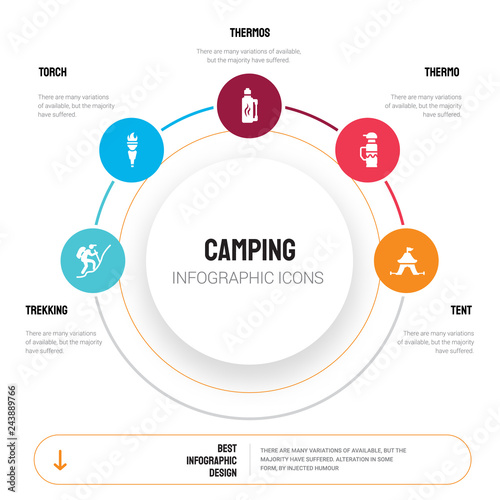Going Postal How To Sell Your Camping Tents Online
Going Postal How To Sell Your Camping Tents Online
Blog Article
Taking Photographs of the Evening Skies
A selection of factors can affect night sky photography. From weather conditions to upcoming celestial events, you'll want to prepare ahead to guarantee success.
What is the best tent for rain?
The shutter rate you pick figures out whether celebrities look like exact pin-points or path across the picture. A good rule of thumb is to limit the exposure to 500 secs, or the matching of your lens's focal size.
Area
Among the most essential factors in a good photograph is where you take it. Go for areas with marginal light contamination, and prevent places that have bright city lights and high-rise buildings.
Additionally, search for an area that uses foreground aspects to produce compositions with. For example, dune patterns, wind-sculpted ridges and rocky outcrops can all provide fascinating foreground components to assist tell the story of your night skies picture.
It is likewise valuable to research astronomical occasions such as meteor showers and lunar eclipses to take advantage of chances for terrific pictures. Utilizing a tool such as the Digital photographer's Ephemeris can be exceptionally helpful when planning your shoots. It helps you to establish moon stages, Milky Way placement and various other astronomical events. Additionally, think about shooting in RAW layout as opposed to JPEG as this provides you more adaptability when refining the pictures. This is especially real if you prepare to print your images.
Cam Settings
Obtaining the ideal video camera settings is necessary for any picture, however especially so for evening sky images. A wide-angle lens is best for catching more of the Galaxy and decreasing star routes, as well as a much longer shutter rate to stop the motion of stars and disclose their details.
For a maximum degree of clearness, shoot in RAW layout rather than JPEG, which allows you to maintain more information and supplies flexibility throughout post-processing. This can likewise include in file dimension, so make certain you have plenty of storage area and extra flash memory card available.
Establish your focus to hand-operated focusing by turning the AF/MF switch on your lens right into MF mode. You might need to take a couple of examination shots and check the photo playback on your video camera's LCD display until you attain ideal, determine hands-on emphasis. It's a good idea to do this throughout the day with your picked lens and the place you will certainly be shooting at evening, to confirm the precision of your focus setup.
Lighting
A good night skies photo needs the right conditions. This consists of a dark sky, yet also an intriguing foreground element such as a hill imminent, a lake to mirror the celebrities, or a human aspect like a barn or shed. You can also use a headlamp to brighten the foreground and add some dramatization or deepness to your image.
One of the most important cam setups for night skies photography are the aperture and shutter speed. The bigger the aperture, the much more light that gets to the sensing unit. This allows you to catch intense stars in a reasonably brief amount of time.
The shutter rate determines whether your stars will certainly be pin-point perfect or if they will look like star tracks as a result of the Planet's rotation. Make sure to take numerous long direct exposure shots and pile them in post-processing for the best outcomes. Last but not fancy tent camping least, shoot in RAW mode to provide on your own optimal latitude in post-processing.
Make-up
The secret to lovely celebrity shots isn't a premium telescope, a new wide-angle lens or a state-of-the-art Canon or Nikon camera. It's strategy, planning and make-up.
For starters, search your shoot place beforehand to get a feel for the design and possible compositions. Consider incorporating foreground aspects such as rocks, a lake or alpenglow on the landscape to include personality and interest to your pictures.
Keep in mind the Regulation of Thirds when composing your images. This simple principle assists equilibrium and link images. It's also beneficial for concentrating on sights in your photo, such as rock features or the Milky Way. Likewise, bear in mind to intend your shoots around moon stages-- capturing at a full moon can overpower stars and produce a silhouetted shape, while shooting on nights with a new moon can assist you see constellations more clearly.
What is real camping?
